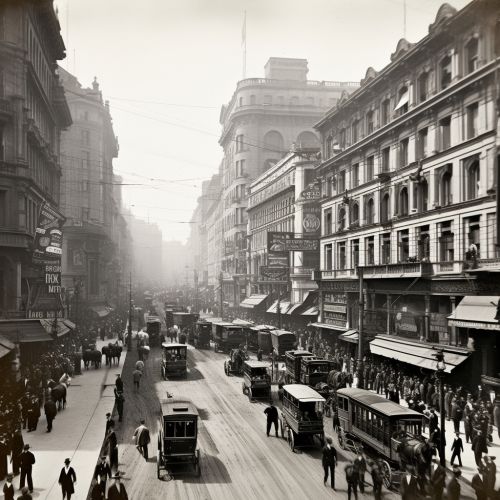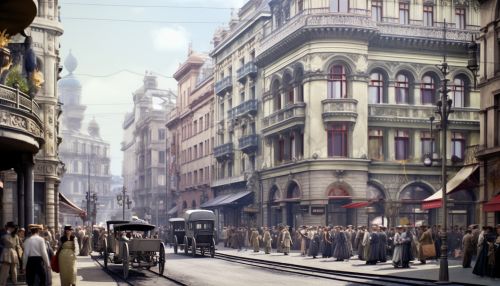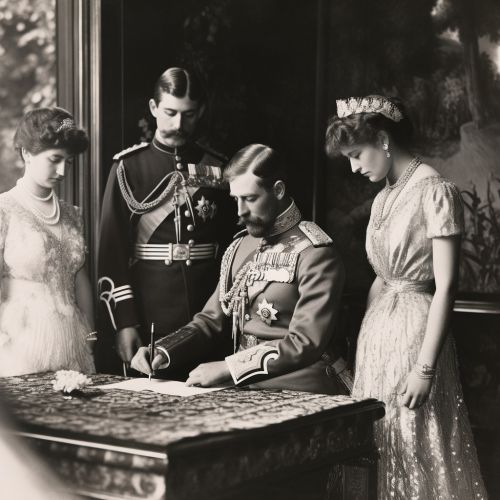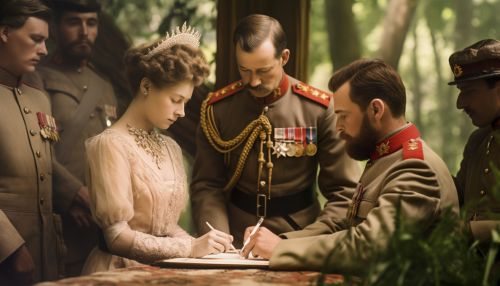Russian Revolution
Background
The Russian Revolution was a period of political and social revolution across the territory of the Russian Empire, commencing in 1917 with the abolition of the monarchy, and concluding in 1923 with the Bolshevik establishment of the Soviet Union at the end of the Civil War. It began during World War I, with the February Revolution that was focused in and around the Russian capital of Petrograd (now Saint Petersburg).


In the chaos, members of the Duma, Russia's parliament, assumed control of the country, forming the Russian Provisional Government. This was soon overtaken by the Bolsheviks, led by Vladimir Lenin, who seized power and renamed the authority the Russian Socialist Federative Soviet Republic. The Bolsheviks would later become the Communist Party of the Soviet Union.
Causes
The Russian Revolution was caused by a combination of economic breakdown, war weariness, and discontent with the autocratic system of government, and it was precipitated by the heavy military losses suffered by Russia in World War I. The inadequacy of the government's response to these crises, along with the influence of socialist propaganda, led to a loss of faith in the existing regime and a desire for political and social change.
February Revolution
The February Revolution began on 23 February (Julian calendar; 8 March Gregorian calendar), 1917, with a series of mass protests and strikes triggered by the scarcity of food in the capital, Petrograd. Soldiers sent to quell the disturbances joined the protesters instead, leading to the abdication of Tsar Nicholas II on 2 March (Julian calendar; 15 March Gregorian calendar). A provisional government was established, but it failed to address the problems that had led to the revolution.


October Revolution
The October Revolution, also known as the Bolshevik Revolution, followed and led to the formation of the world's first socialist state. The revolution began on 25 October (Julian calendar; 7 November Gregorian calendar), 1917, when the Bolsheviks led an armed insurrection by workers and soldiers in Petrograd.
Civil War
The Russian Civil War, which broke out in 1918 shortly after the October Revolution, brought death and suffering to millions of people regardless of their political orientation. The war was fought mainly between the "Reds", the communists and revolutionaries, and the "Whites" – the monarchists, conservatives, liberals and socialists who opposed the Bolshevik Revolution.
Impact
The Russian Revolution had a profound impact on 20th century history. It led to the rise of the Soviet Union as a world superpower, the spread of communism around the globe, and the Cold War. It also led to significant changes in global social and political structures, and has been widely studied and interpreted by historians, sociologists, and political scientists.
